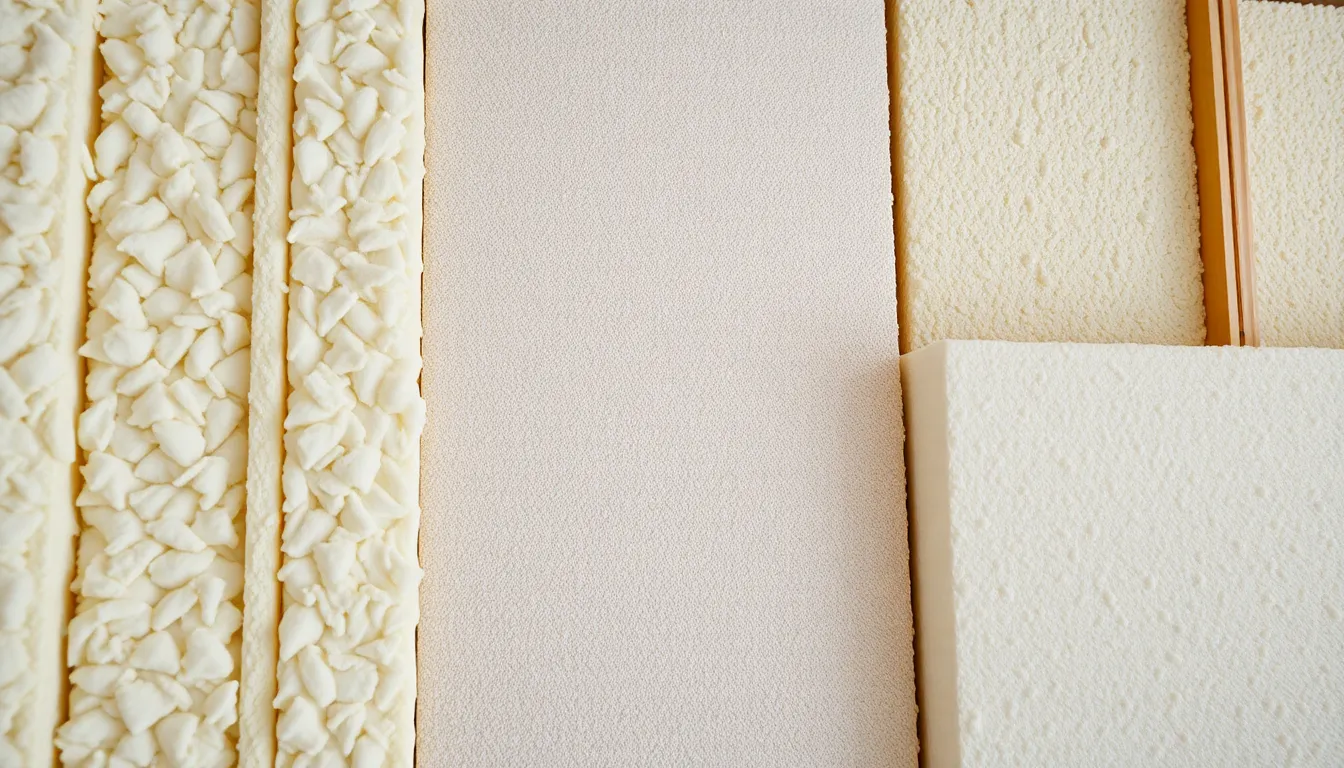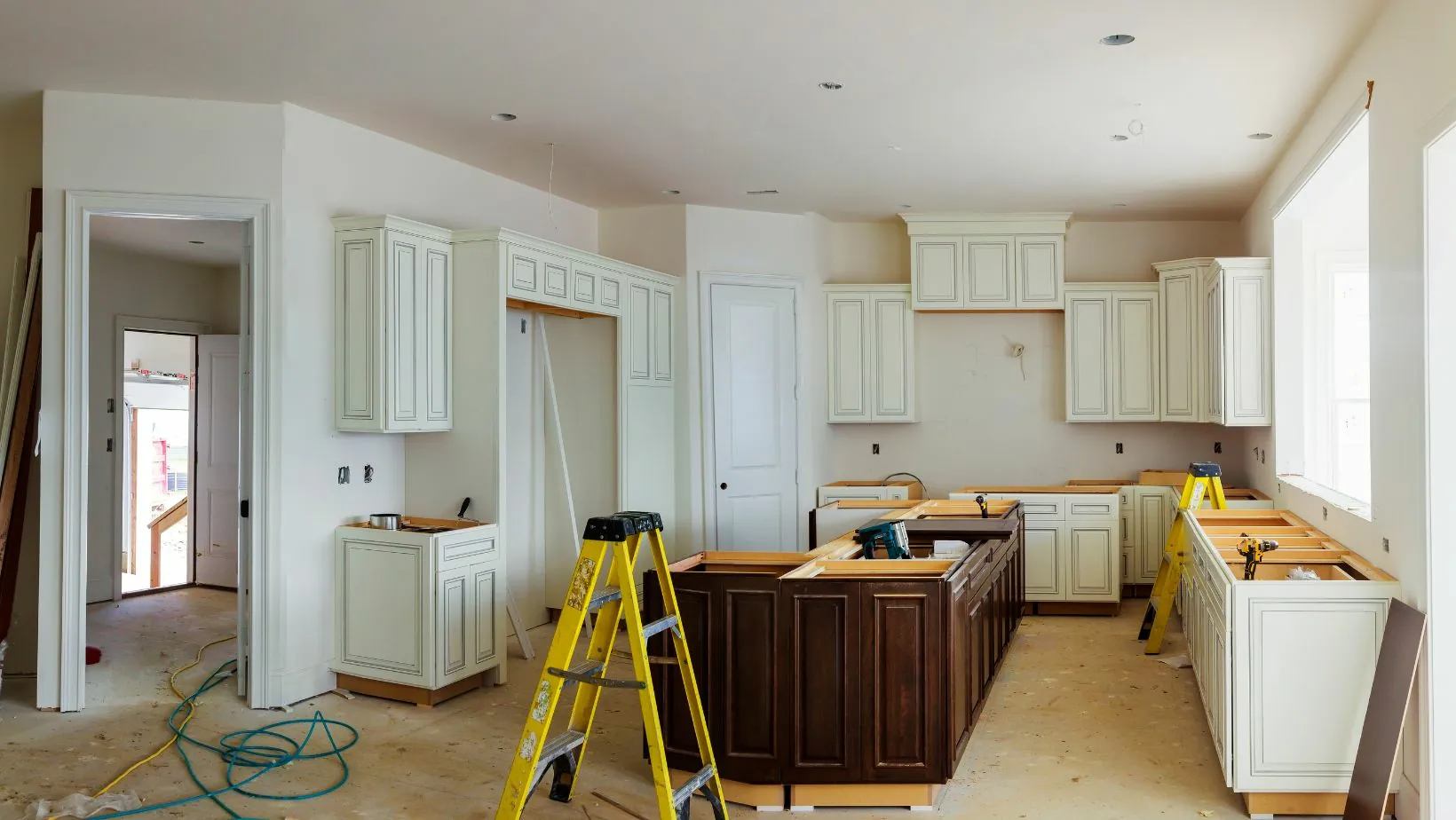Home insulation upgrades are becoming increasingly essential for homeowners looking to enhance energy efficiency and comfort. As energy costs rise and environmental concerns grow, investing in better insulation can lead to significant savings and a reduced carbon footprint.
Upgrading insulation not only keeps homes warmer in winter and cooler in summer but also improves indoor air quality. With various options available—from spray foam to fiberglass—homeowners have the opportunity to tailor their insulation to fit their unique needs. This article explores the benefits of upgrading insulation and provides insights on the best materials and methods to consider for a more efficient home.
Table of Contents
ToggleImportance Of Home Insulation Upgrades
Home insulation upgrades significantly enhance energy efficiency and comfort within living spaces. Better insulation minimizes heat loss in winter and keeps homes cooler in summer. This results in decreased reliance on heating and cooling systems, ultimately leading to reduced energy bills.
Upgrading insulation also contributes to environmental sustainability. Improved insulation lowers greenhouse gas emissions by reducing energy consumption. Homeowners can make a positive impact on the environment while enjoying the benefits of a comfortable indoor climate.
Indoor air quality improves with proper insulation. Good insulation reduces drafts and minimizes air exchange with the outside, leading to fewer allergens and pollutants entering the home. This creates a healthier living environment.
Various insulation materials and methods exist. Spray foam insulation offers superior sealing and thermal performance, while fiberglass insulation provides a cost-effective solution. Homeowners can choose the best option based on their specific needs and budget.
Investing in home insulation upgrades provides long-term benefits, including increased property value. Energy-efficient homes often attract higher resale prices, making insulation upgrades a smart investment for homeowners.
Types Of Home Insulation

Home insulation comes in various types, each offering unique benefits and applications. Understanding these options helps homeowners select the best materials for their specific needs.
Fiberglass Insulation
Fiberglass insulation consists of tiny glass fibers and is one of the most common types used in homes. It provides excellent thermal resistance, typically rated between R-2.9 and R-3.8 per inch. This makes it effective for reducing heat transfer and lowering energy bills. Fiberglass insulation is available in batts, rolls, and loose-fill forms, suitable for walls, attics, and floors. Its non-combustible nature enhances safety, while its relatively low cost makes it a popular choice for budget-conscious homeowners.
Foam Board Insulation
Foam board insulation features rigid panels made from polystyrene, polyisocyanurate, or polyurethane. It offers high insulation values ranging from R-4 to R-6.5 per inch, making it ideal for foundation walls, exterior walls, and unvented roofs. Foam board insulation works well in both new constructions and retrofits. Its moisture-resistant properties help prevent mold growth, and its lightweight nature simplifies installation. Homeowners appreciate foam board’s durability and energy efficiency benefits.
Spray Foam Insulation
Spray foam insulation, made from polyurethane, is a versatile option that expands on application, filling gaps and cracks. It provides an impressive R-value of R-6 to R-7 per inch. This type of insulation acts as an air barrier, minimizing air leakage and enhancing indoor comfort. Spray foam excels in attics, crawl spaces, and wall cavities, offering superior energy efficiency and moisture control. It’s a more expensive option than fiberglass and foam board but delivers significant long-term savings on energy costs.
Benefits Of Upgrading Home Insulation
Upgrading home insulation offers numerous advantages that enhance energy efficiency and overall comfort. Increased insulation not only reduces energy expenses but also promotes a healthier living environment.
Energy Efficiency
Energy efficiency improves significantly with upgraded insulation. Homes with superior insulation experience reduced heat loss in winter and maintained coolness during summer, leading to decreased reliance on heating and cooling systems. For example, according to the U.S. Department of Energy, upgraded insulation can save homeowners 10%–50% on energy bills. Enhanced insulation materials, like spray foam or rigid foam board, contribute to lower energy demands and reduce greenhouse gas emissions.
Increased Comfort
Increased comfort within a home results from effective insulation. Upgraded insulation minimizes drafts and maintains consistent indoor temperatures, creating a more pleasant living environment. It prevents cold spots in winter and damp conditions in summer, allowing residents to engage in daily activities without discomfort. Improved indoor air quality also accompanies better insulation, as it reduces the infiltration of outside pollutants, supporting overall health and well-being.
Factors To Consider Before Upgrading
Upgrading home insulation involves several critical factors that homeowners should evaluate carefully. Making informed decisions can lead to optimal energy efficiency and cost savings.
Climate Considerations
Climate plays a vital role in determining the best insulation type and method. Homes in colder climates often benefit from higher R-value insulation materials, which provide increased resistance to heat flow. In contrast, homes in warmer climates require insulation that reflects heat, maintaining cooler indoor temperatures. Local temperature ranges, humidity levels, and seasonal variations significantly impact insulation performance. Select insulation materials that align with the prevailing climate conditions to enhance energy efficiency effectively.
Budgeting And Costs
Budgeting for insulation upgrades involves assessing both material costs and installation expenses. Prices vary depending on the insulation type; for example, fiberglass insulation averages $0.50 to $2.00 per square foot, while spray foam can range from $1.50 to $3.00 per square foot. Additional costs may include professional installation, which often varies based on the complexity of the project. Establish a clear budget by comparing different insulation options and installation quotes, ensuring investment aligns with potential energy savings. Homeowners can save anywhere from 10% to 50% on energy bills with effective insulation, making long-term financial impacts crucial to consider.
Upgrading home insulation is a strategic move that pays off in multiple ways. Homeowners can enjoy reduced energy bills while also creating a more comfortable living environment. The right insulation not only enhances energy efficiency but also contributes to a healthier home by improving indoor air quality.
Investing in better insulation is not just about immediate savings; it’s a long-term commitment to sustainability and property value. By carefully selecting the appropriate materials and methods based on individual needs and climate, homeowners can maximize their investment. Ultimately, these upgrades lead to a more efficient home that benefits both the occupants and the planet.







